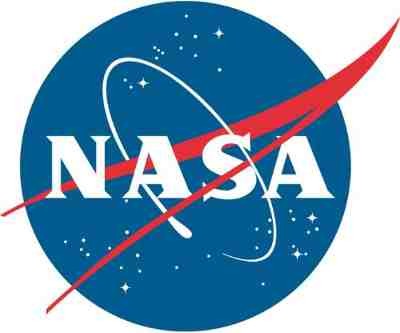Located in the Large Magellanic Cloud galaxy, about 168,000 light years away, the Supernova 1987A is one of the sky's brightest stellar explosions. The NuSTAR, short for Nuclear Spectroscopic Telescope Array, which is operated at NASA, shows that the Supernova exploded in an asymmetrical way; this supports the past theories leading to the behavior of Supernova.
The present form of Supernova is in the form of rings which are seen (from Earth) to be ejecting glowing solar material, according to The Space Reporter. These rings look like they were formed when the Supernova explosion collided with a very slow moving material. This material was ejected with the force of the stellar wind, at the time of Supernova's collapse, according to Syndicated News Headlines.
The scientists at NASA are however, not able to conclude the actual reason behind the formation of these glowing rings.
Another mystery surround Supernova, in addition to these mysterious rings is that of the missing neutron from the center of the star. The assumed theory behind this mystery is the possibility of a stellar mass black hole which was formed when the Supernova explosion took place.
It might also be possible that the central neutron star is present but is escaping detection. There is yet another theory proposed in accordance with the new data which the NuSTAR collected. It states that during the star's explosion, the core of the star was ejected in a different direction than the debris of the stellar.
This asymmetrical explosion theory was also observed last year with the Supernova's remnant part, Cassiopeia A. Both the theories lead to the same conclusion that asymmetrical explosions are very normal and not uncommon at all.



























